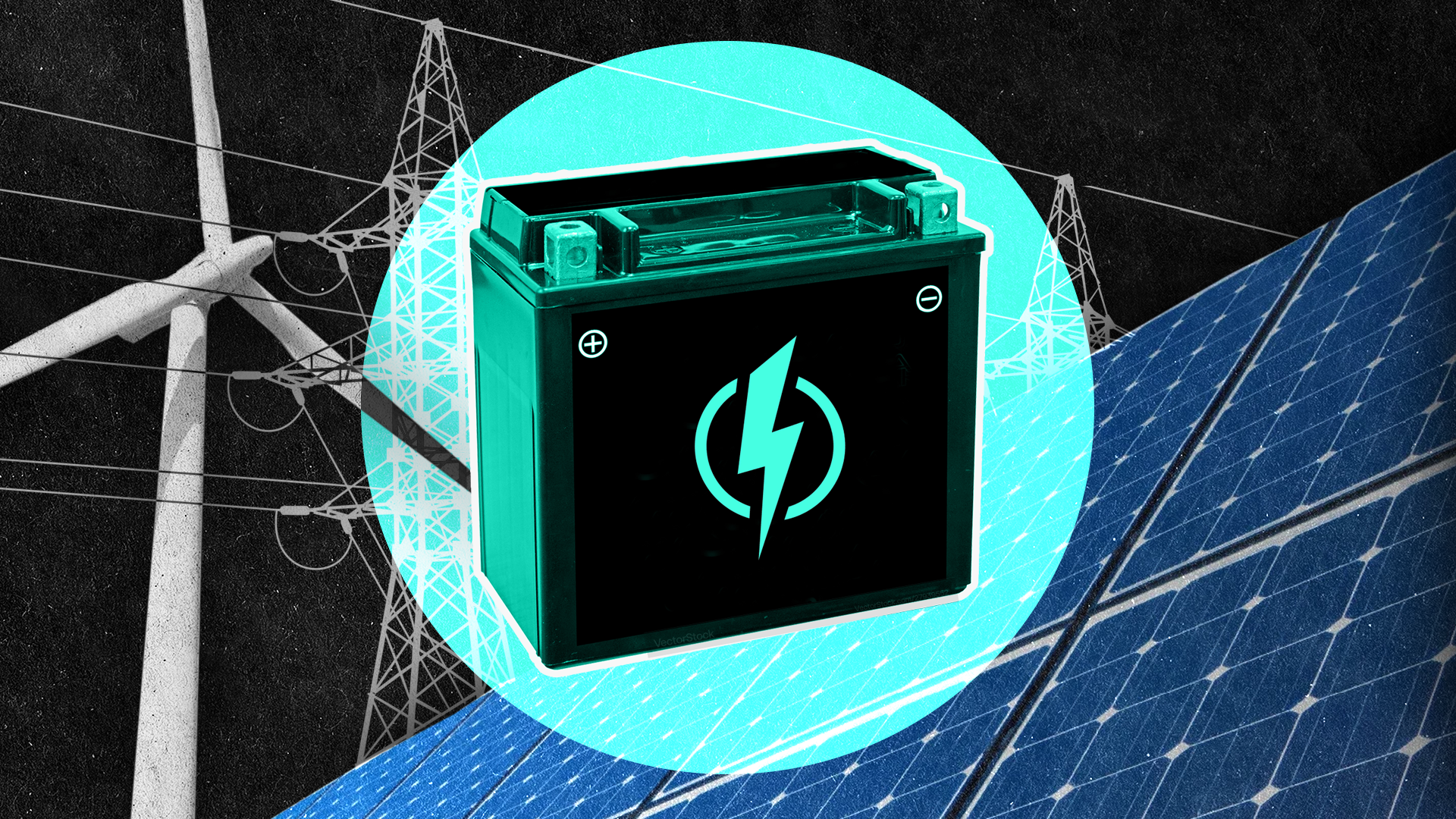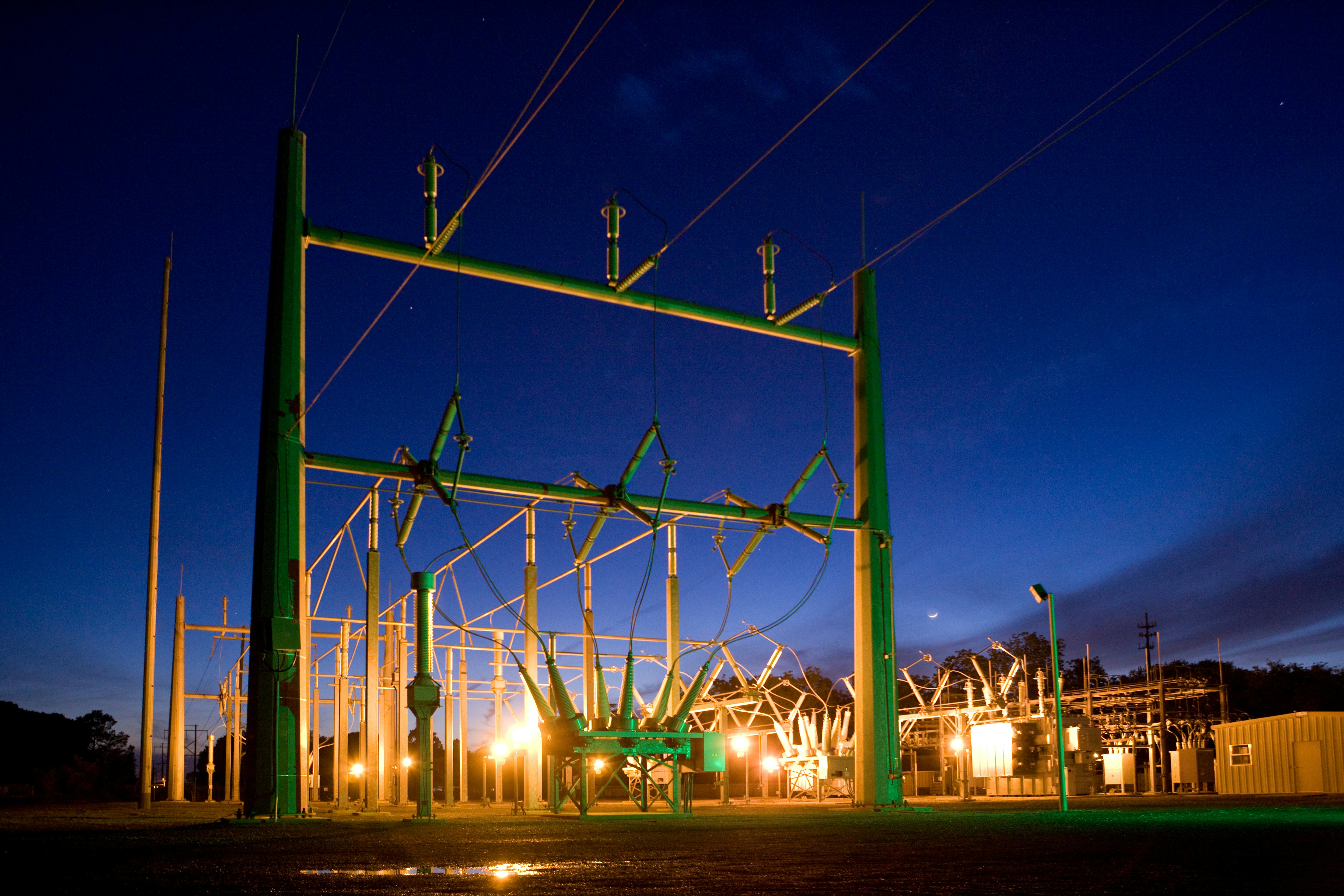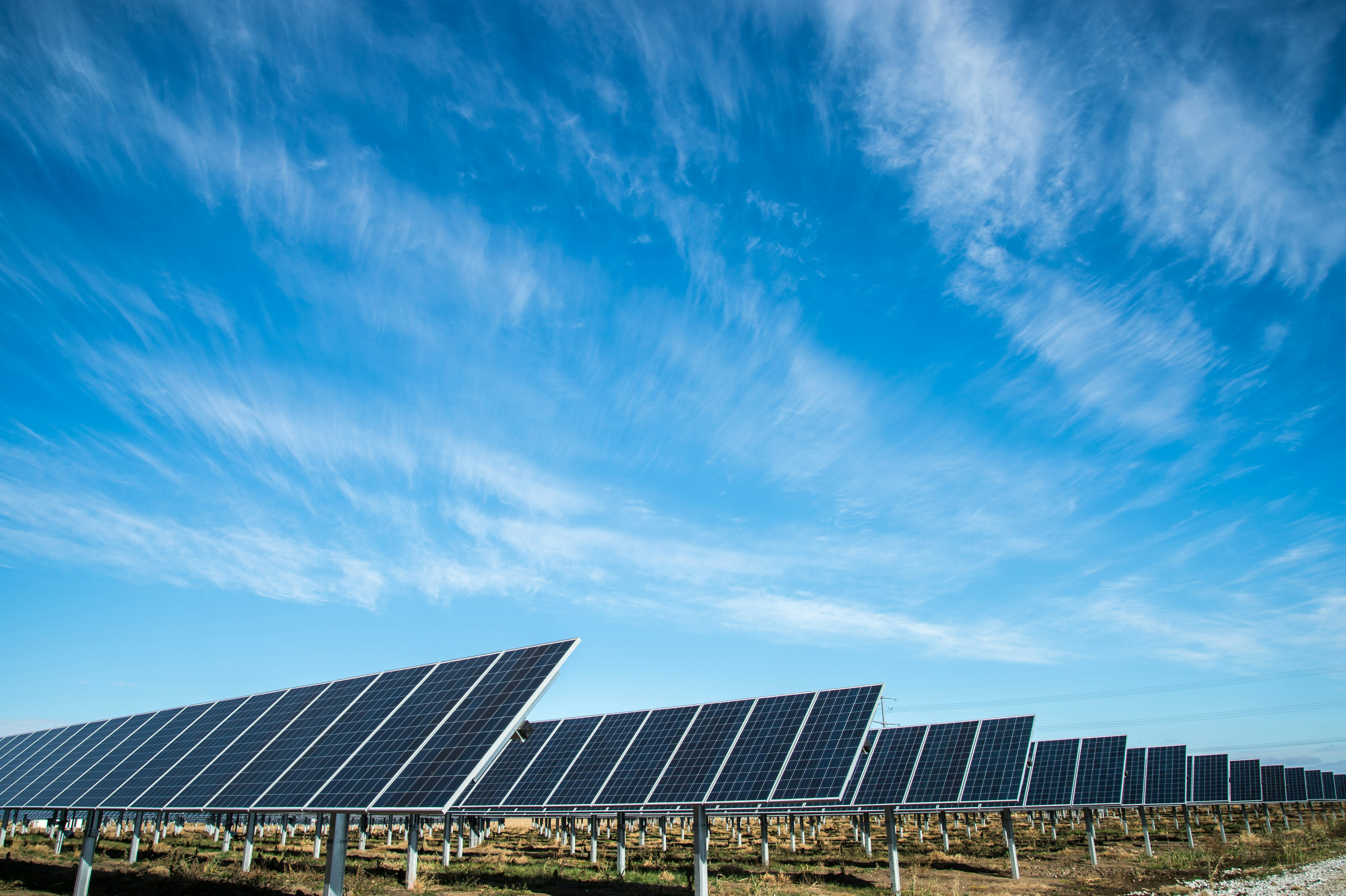We use cookies to improve your experience with Monash. For an optimal experience, we recommend you enable all cookies; alternatively, you can customise which cookies you’re happy for us to use. You may withdraw your consent at any time. To learn more, view our Website Terms and Conditions and Data Protection and Privacy Procedure.
Energy storage systems key to powering the future
Published on November 7, 2024They will play a critical role in storing and delivering power from renewable energy consistently and according to demand.
 Batteries and better energy storage systems help make electricity grids more efficient thereby lowering costs for all parties. : Illustration by Michael Joiner, 360info CC BY 4.0
Batteries and better energy storage systems help make electricity grids more efficient thereby lowering costs for all parties. : Illustration by Michael Joiner, 360info CC BY 4.0
They will play a critical role in storing and delivering power from renewable energy consistently and according to demand.
In the push towards greater use of renewable energy, batteries and other energy storage systems have emerged as a critical component of the supply chain. As more countries adopt wind, solar and hydropower, how to store and deliver this energy reliably and consistently will be crucial.
The surging demand for renewable energy solutions and grid modernisation will drive the market to over $US186 billion by 2032. Power and propulsion solutions company Rolls-Royce says the output of battery storage systems this year exceeded six gigawatts for around two hours – higher than the output of gas or hydroelectric power plants, nuclear power plants and renewable energies.
“In comparison, the record output of battery storage systems five years ago was just 120 megawatts, highlighting their increasing role in the energy transition,” they say.
One of the major challenges facing wind and solar power, for example, is intermittency – power supply to national grids or users that are not always on demand. This is because the weather plays a big role in whether solar and wind power can be generated.
Thus the increasing importance of batteries and storage systems to store the ‘hay’ (power) made while the sun shines. Better batteries and energy storage systems help make the electrical grid more reliable and efficient:
In helping to balance the supply and demand of electricity, better-designed batteries and storage systems can also lower electricity costs by storing energy cost-efficiently and releasing it when demand is high.
Other emerging energy storage solutions including long-duration energy storage, chemical energy storage and gravity energy storage aim to complement traditional methods including pumped hydroelectric, compressed air energy and thermal energy storage, ultimately contributing to a more sustainable energy landscape.
Long-durage systems, for example, allow for the storage of excess energy over extended periods, addressing seasonal fluctuations in energy supply and demand.
Additionally, chemical energy storage methods, such as hydrogen and ammonia, present innovative alternatives to conventional batteries, particularly for applications in heavy transportation and industrial processes.
The future of batteries and energy storage is a pivotal area of focus for research, policy-making and industrial innovation, aimed at addressing the urgent challenges of climate change and resource scarcity.











